Material Spotlight: HPL
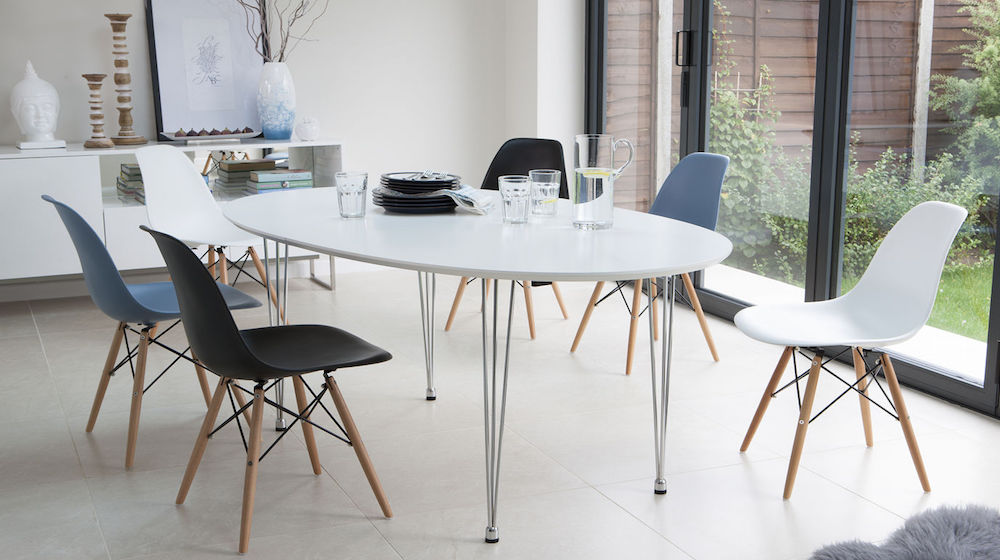
How is HPL made?
-
Multiple layers of kraft paper are saturated with a specialist resin.
-
A decorative film layer (such as a solid colour or wood grain) is placed on top of the kraft paper before pressing. This creates a sandwich effect which is fused together using extreme heat (that’s temperatures of 280 to 320 degrees Fahrenheit!) under 70 to 100 bars of pressure.
-
A clear protective overlay is then used for maximum protection.

What does it look like?
The creation process of HPL results in a smooth satin matt finish. It doesn’t have a reflective shine but it’s not fully flat matt, so it still has a wonderfully light and tactile feel.
How durable is it?
HPL is a descendant of plastic making it one of the most durable decorative surface materials for the home. High pressure surfaces are also available with special performance enhancing properties including chemical, fire and wear resistance. All of these qualities mean HPL is perfect for those messy family mealtimes, special occasions and big get togethers where there’s a lot going on on and around the table. Other finishes such as matt and gloss are fit for everyday use. However, the extensive creation process of HPL means it is even more strong, durable and resistant to scratching.
Used in science rooms and schhigh-pressures, a high pressure surface will have no trouble standing up to everyday use in your home!
How do I clean it?
HPL can withstand a variety of common household chemicals such as washing-up liquid or antibacterial spray making it so easy to clean and maintain.
Although incredibly durable, we advise with HPL that you stay away from corrosive chemicals such as descaling agents, oven cleaners, chlorine and acetone. Try to remove these straight away if they spill on the table’s surface. When cleaning your HPL table, never use a steel scourer, scourer pad, souring agent or similar products as this can scratch the surface. A soft microfiber cloth will do just the trick.
How do I use it?
As with all of our dining tables, we advise that you never place hot pots or pans directly on a HPL worktop without a trivet or stand, as this can damage the table surface over time. It goes without saying, but never pull an object with rough or ragged edges across the worktop.
If your HPL table has an extension leaf, clean the leaf along with the rest of the table to keep it looking neat and uniform. Make sure that the leaf is fully dried before you store it away or place it back in the cradle.
Why choose HPL?
Consider the following points to see whether a high-pressure surface would be a benefit in your home:- HPL is strong, smart and durable.
- It has a slight subtle sheen but isn’t highly reflective, making it a great alternative to a high gloss finish.
- It’s such a neutral finish which coordinates with a whole variety of other pieces.
- It’s much more scratch resistant than many other materials.
- It is heat resistant (to an extent).
- You also get a colour fastness under artificial lighting.
- HPL is resistant to household cleaning products and even some chemicals.
- It is also resistant to cracking.
- To an extent, HPL is also impact and abrasion resistant.
- When looked after correctly, HPL is a really hygienic surface.
So there you have it. Everything you need to know about HPL. Have a question? Ask it in the comments!
If you’re interested in finding out more about other material finishes, be sure to take a look at Our Top Tips on How To Properly Care for Faux Leather.
Published Date: August 2016
Don't miss a thing
Simply enter your email address below and stay up to date with our latest news and products.
Explore Our Blogs
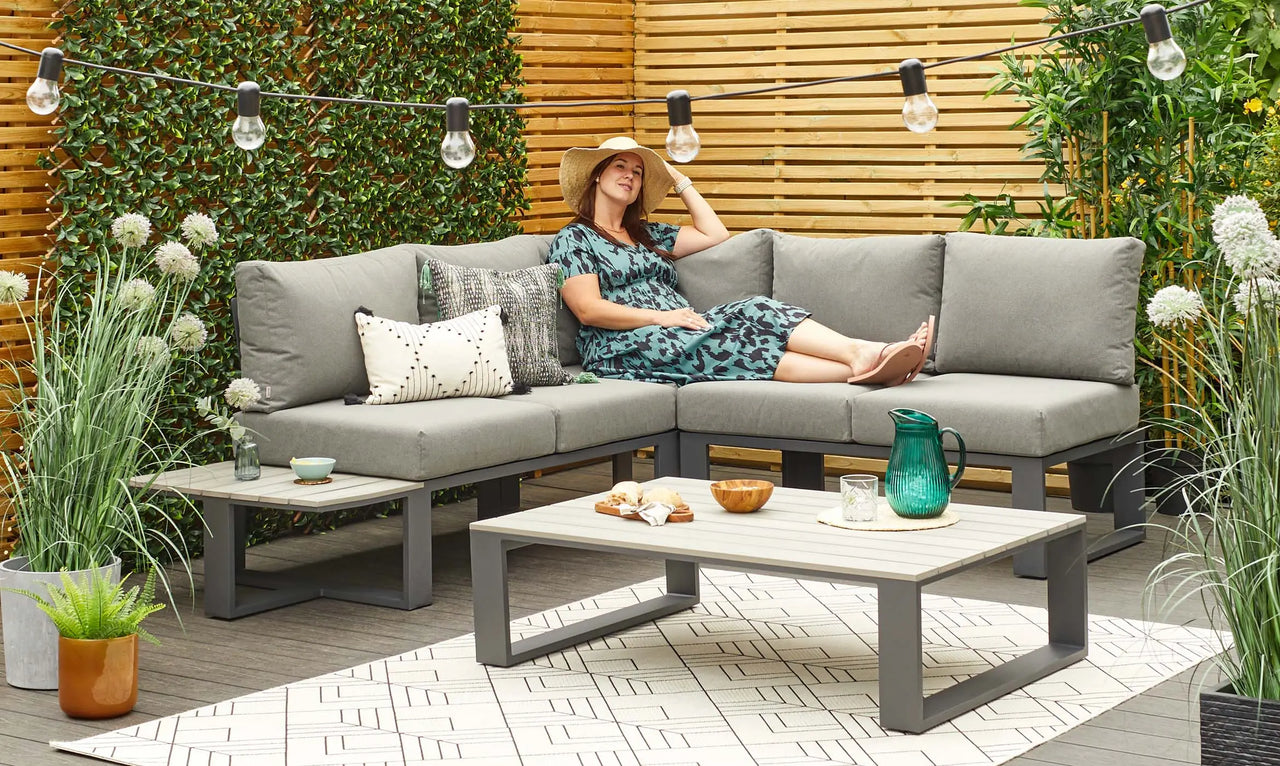 A guide to styling your small gardenIn modern life, many of us now have smaller gardens, but that doesn't mean you can't style it how you would like without making it practical. If you have a small garden but are unsure on how to style it, see our tips and recommendations from our stylist Katie for an aesthetic, yet practical oasis.Read more
A guide to styling your small gardenIn modern life, many of us now have smaller gardens, but that doesn't mean you can't style it how you would like without making it practical. If you have a small garden but are unsure on how to style it, see our tips and recommendations from our stylist Katie for an aesthetic, yet practical oasis.Read more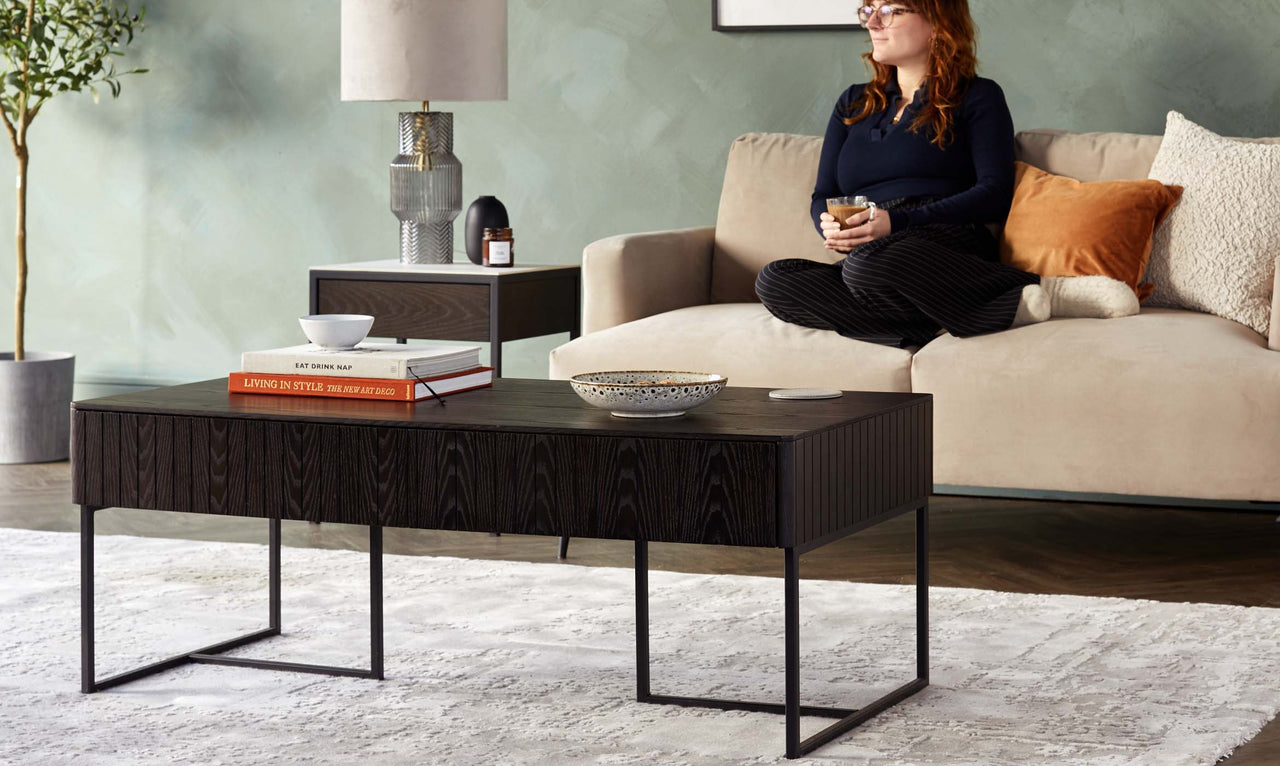 Modern Coffee Tables: 4x Things You Need To Know When StylingOur expert stylist, Katie, has shared her top styling tips and interior knowledge so that you’ve got all the info you need to find the perfect coffee table for your space.Read more
Modern Coffee Tables: 4x Things You Need To Know When StylingOur expert stylist, Katie, has shared her top styling tips and interior knowledge so that you’ve got all the info you need to find the perfect coffee table for your space.Read more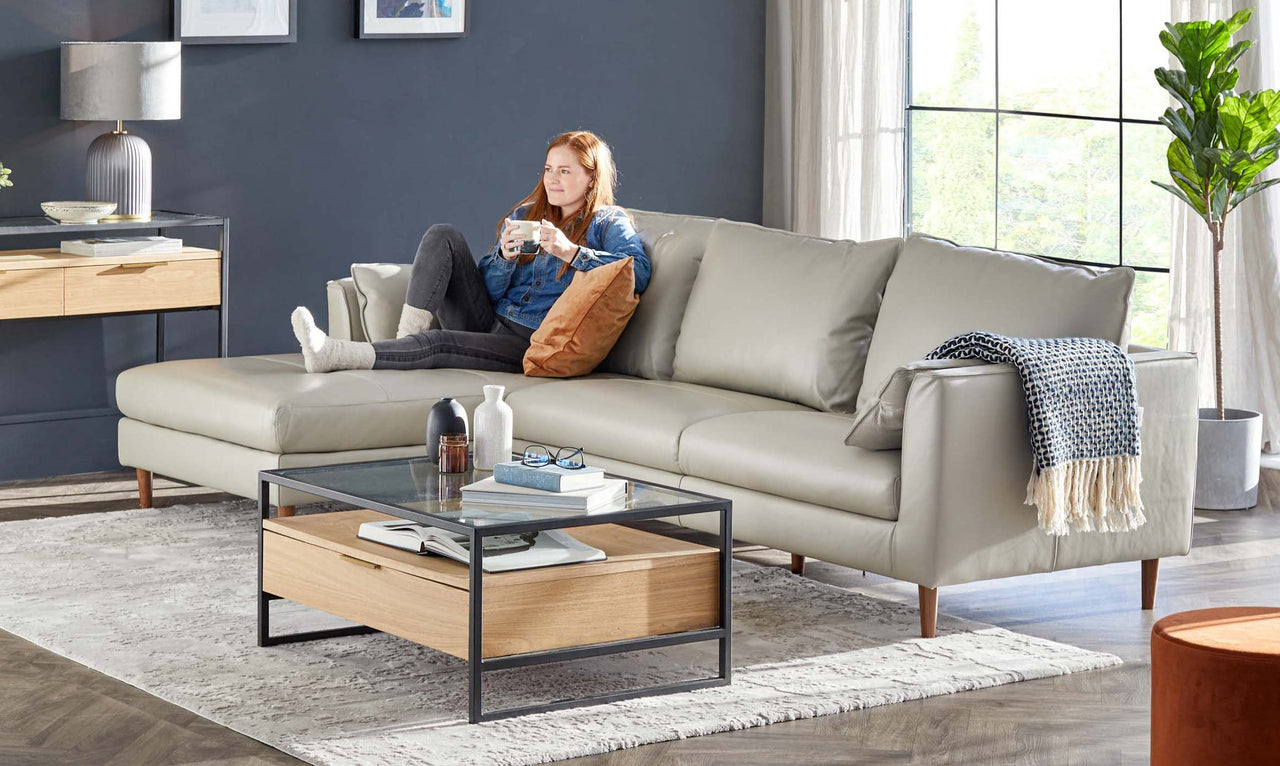 4 Things You Must Know About Leathers SofasOur expert stylist, Katie, has shared her top styling tips and interior knowledge so that you’ve got all the info you need to pick leather sofa of your dreams.Read more
4 Things You Must Know About Leathers SofasOur expert stylist, Katie, has shared her top styling tips and interior knowledge so that you’ve got all the info you need to pick leather sofa of your dreams.Read more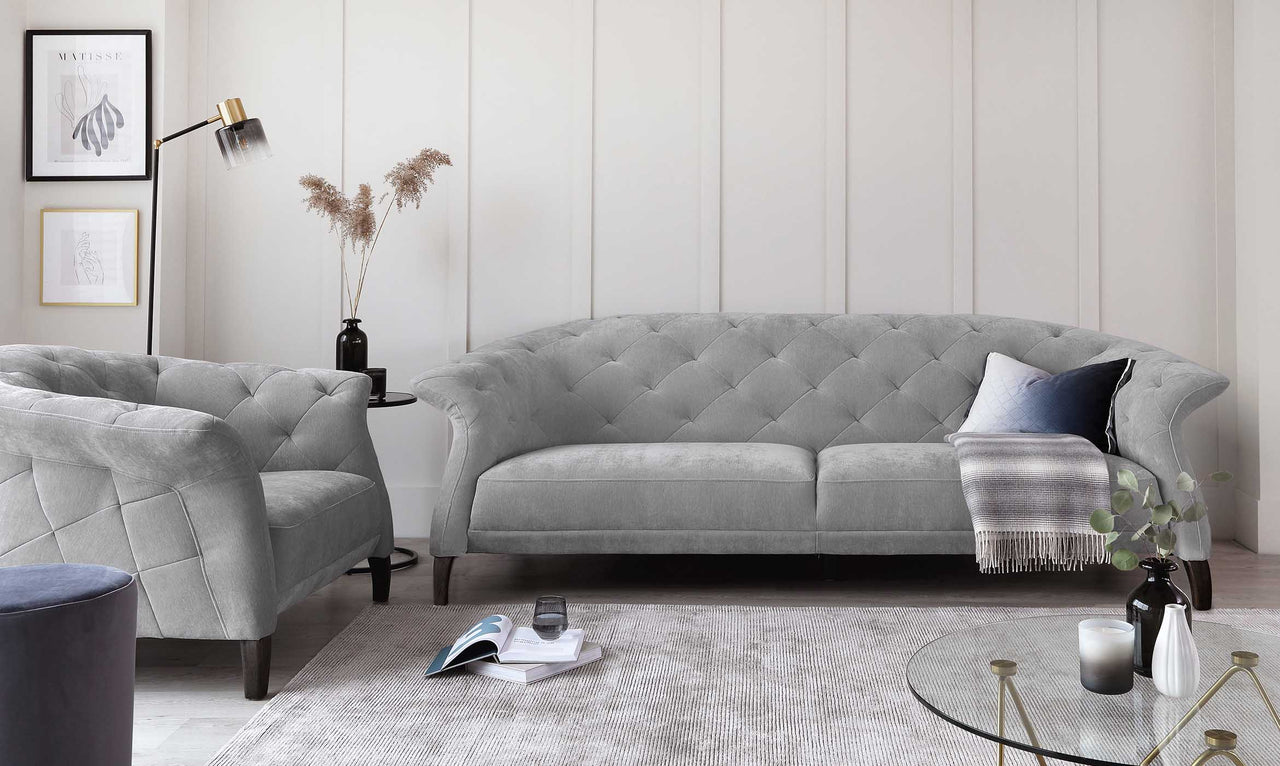 5 Things You Must Know About Fabric SofasAre you wondering what the benefits of a fabric sofa are? Our expert stylist, Katie, has shared her top styling tips and interior knowledge so that you’ve got all the info you need to pick the fabric sofa of your dreams.Read more
5 Things You Must Know About Fabric SofasAre you wondering what the benefits of a fabric sofa are? Our expert stylist, Katie, has shared her top styling tips and interior knowledge so that you’ve got all the info you need to pick the fabric sofa of your dreams.Read more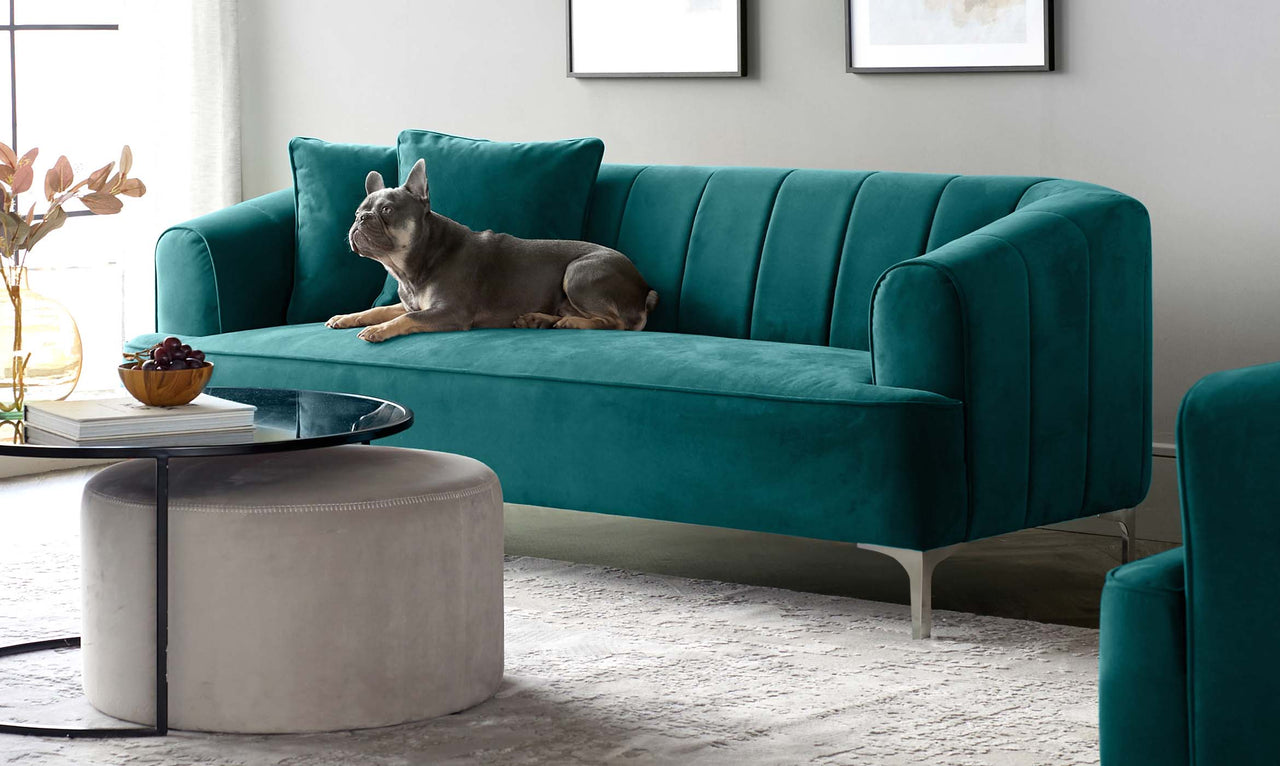 How To Clean A Velvet Sofa: Our Upholstery Care TipsA common misconception about velvet is that it’s a high-maintenance material. Well, let us bust that myth with this handy care and cleaning guide! When treated with the proper care and maintenance, you’ll find your velvet furniture is built to last.Read more
How To Clean A Velvet Sofa: Our Upholstery Care TipsA common misconception about velvet is that it’s a high-maintenance material. Well, let us bust that myth with this handy care and cleaning guide! When treated with the proper care and maintenance, you’ll find your velvet furniture is built to last.Read more








